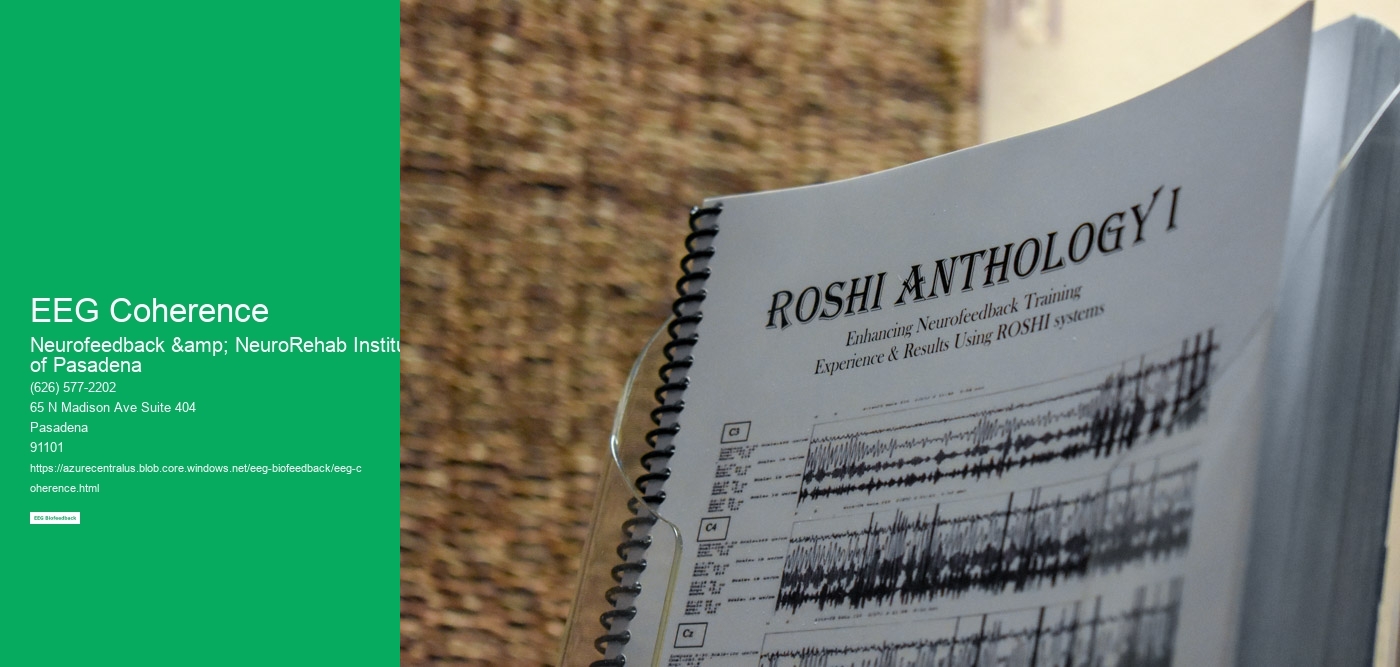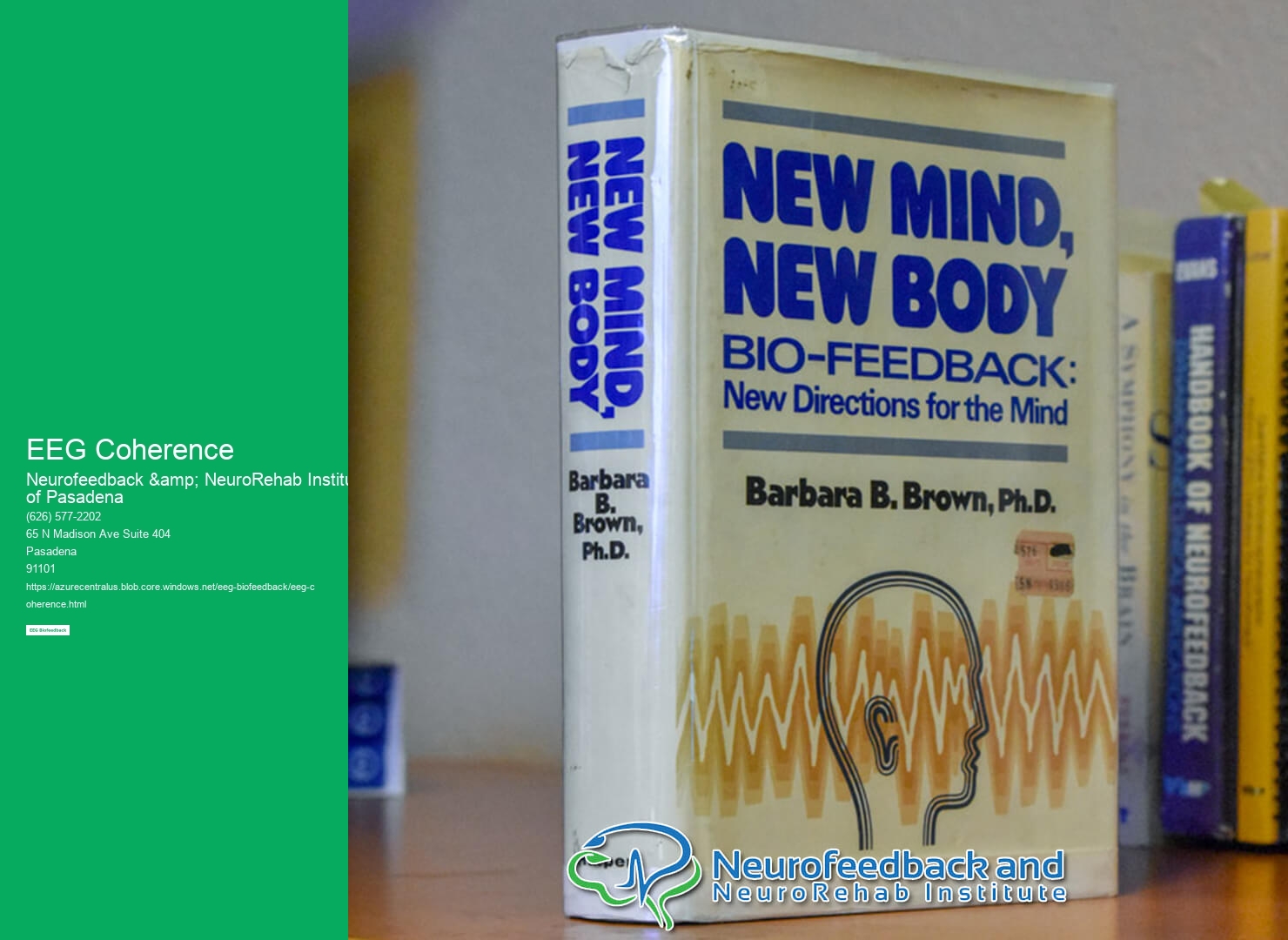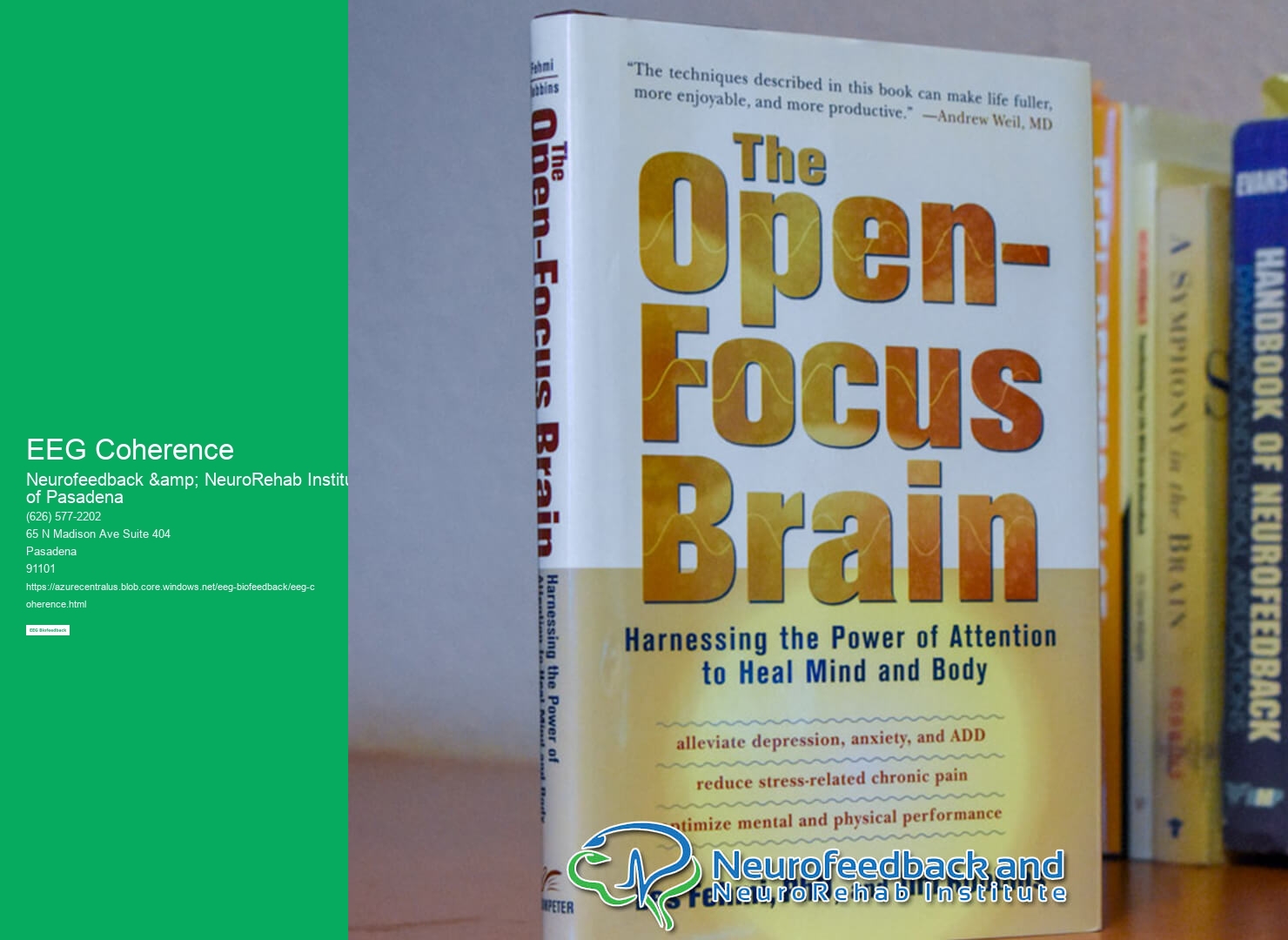

EEG coherence refers to the measure of synchronization or connectivity between different brain regions based on the analysis of electroencephalogram (EEG) data. It provides information about the functional connectivity of the brain by quantifying the degree to which the electrical activity in different brain regions is coordinated. EEG coherence is typically measured by calculating the coherence spectrum, which represents the strength and frequency of the synchronized activity between two EEG signals. This measure can provide insights into the communication and integration of neural networks in the brain.
EEG coherence is closely related to brain connectivity as it reflects the degree of synchronization or coordination between different brain regions. Higher coherence values indicate stronger connectivity, suggesting that the brain regions are working together in a coordinated manner. Lower coherence values, on the other hand, may indicate weaker or disrupted connectivity between brain regions. By analyzing EEG coherence, researchers can gain insights into the functional connectivity patterns of the brain and understand how different regions interact and communicate with each other.
Several factors can influence EEG coherence. One important factor is the frequency range of the EEG signals being analyzed. Different frequency bands, such as delta, theta, alpha, beta, and gamma, have different functional implications and may exhibit different coherence patterns. Additionally, factors such as age, sleep state, cognitive task, and neurological disorders can also influence EEG coherence. For example, certain neurological disorders may be associated with altered coherence patterns, indicating disrupted connectivity between specific brain regions. It is important to consider these factors when interpreting EEG coherence data to ensure accurate and meaningful results.

Yes, EEG coherence can be used to study specific brain functions or disorders. By analyzing the coherence patterns between different brain regions, researchers can investigate how specific cognitive processes or tasks are associated with changes in brain connectivity. For example, studies have used EEG coherence to examine the connectivity changes during attention tasks, memory tasks, and language processing. EEG coherence has also been used to study various neurological and psychiatric disorders, such as epilepsy, Alzheimer's disease, schizophrenia, and depression. By understanding the coherence patterns associated with these conditions, researchers can gain insights into the underlying neural mechanisms and potentially develop new diagnostic or therapeutic approaches.
There are some limitations and challenges in interpreting EEG coherence data. One limitation is that EEG coherence measures the synchronization of electrical activity between brain regions but does not provide information about the directionality or causal relationships between them. Additionally, EEG coherence is influenced by various factors, such as volume conduction and reference electrode placement, which can introduce artifacts and affect the interpretation of the results. Furthermore, the interpretation of EEG coherence data requires careful consideration of the specific frequency bands and brain regions being analyzed, as different regions may exhibit different coherence patterns depending on the task or condition being studied. It is important to address these limitations and challenges to ensure accurate and meaningful interpretation of EEG coherence data.


EEG coherence differs from other measures of brain connectivity, such as functional magnetic resonance imaging (fMRI), in several ways. While fMRI measures the blood oxygenation level-dependent (BOLD) signal to infer brain activity and connectivity, EEG coherence directly measures the electrical activity of the brain. EEG coherence provides a high temporal resolution, allowing for the analysis of rapid changes in brain connectivity, whereas fMRI provides a higher spatial resolution, allowing for the identification of specific brain regions involved in a task or condition. Additionally, EEG coherence is less susceptible to motion artifacts compared to fMRI, making it suitable for studying dynamic brain processes. Both EEG coherence and fMRI have their strengths and limitations, and their combined use can provide a more comprehensive understanding of brain connectivity.
EEG coherence has potential applications in both research and clinical settings. In research, EEG coherence can be used to investigate the neural mechanisms underlying various cognitive processes, such as attention, memory, and language. It can also be used to study the effects of different interventions or treatments on brain connectivity. In clinical settings, EEG coherence can be used as a diagnostic tool for neurological and psychiatric disorders. By comparing the coherence patterns of individuals with specific disorders to those of healthy individuals, clinicians can potentially identify biomarkers or signatures of these conditions. EEG coherence can also be used to monitor the effectiveness of treatments or interventions and track changes in brain connectivity over time. Overall, EEG coherence has the potential to contribute to our understanding of the brain and its disorders, leading to improved diagnosis and treatment strategies.

Connectivity biofeedback plays a crucial role in comprehending the intricate dynamics of brain networks. By utilizing advanced neuroimaging techniques, such as functional magnetic resonance imaging (fMRI) and electroencephalography (EEG), researchers can measure and analyze the connectivity patterns between different brain regions. This allows them to gain insights into how information is processed and transmitted within the brain. By examining the connectivity biofeedback, researchers can identify the strength and efficiency of connections between brain regions, as well as detect any abnormalities or disruptions in the network. This information is invaluable in understanding various neurological and psychiatric disorders, as it provides a comprehensive view of the underlying brain network dynamics. Moreover, connectivity biofeedback can also be used to assess the effects of therapeutic interventions, such as neurofeedback training, on brain connectivity, further enhancing our understanding of brain function and potential treatment strategies.
EEG biofeedback, also known as neurofeedback, has shown promising results in enhancing peak performance and cognitive abilities. By providing real-time feedback on brainwave activity, individuals can learn to self-regulate their brain function and optimize their mental states. This technique has been found to improve attention, focus, memory, and overall cognitive performance. Moreover, EEG biofeedback has been used to enhance specific skills such as sports performance, artistic creativity, and academic achievement. The training process involves identifying and reinforcing desired brainwave patterns, which can lead to long-term improvements in cognitive functioning. Additionally, EEG biofeedback has been found to reduce stress, anxiety, and symptoms of attention deficit hyperactivity disorder (ADHD), further contributing to enhanced cognitive abilities. Overall, the impact of EEG biofeedback on peak performance and cognitive enhancement is significant, offering individuals a non-invasive and effective method to optimize their mental capabilities.
SMR (Sensorimotor Rhythm) training is a specific type of EEG biofeedback that focuses on enhancing the sensorimotor rhythm brainwave activity. This training differs from other types of EEG biofeedback in that it specifically targets the sensorimotor rhythm frequency range, which is typically between 12-15 Hz. By training individuals to increase their sensorimotor rhythm activity, SMR training aims to improve motor control, attention, and overall cognitive functioning. This differs from other types of EEG biofeedback, such as alpha-theta training or beta training, which target different brainwave frequencies and have different goals, such as reducing anxiety or improving focus. SMR training is a specialized approach that can be tailored to address specific sensorimotor challenges and is often used in conjunction with other therapeutic interventions to optimize outcomes.
Personalized goals in EEG biofeedback for individuals with mood disorders are determined through a comprehensive assessment process that takes into account the individual's specific symptoms, needs, and treatment goals. This assessment typically involves a thorough evaluation of the individual's mood symptoms, as well as an analysis of their brainwave patterns using EEG technology. By examining the individual's brainwave activity, clinicians can identify specific patterns or dysregulations that may be contributing to their mood disorder. Based on this information, personalized goals are then established, which may include reducing symptoms of depression or anxiety, improving emotional regulation, enhancing cognitive functioning, or increasing overall well-being. These goals are tailored to the individual's unique needs and are designed to address the underlying neurophysiological factors contributing to their mood disorder. Throughout the course of treatment, progress towards these goals is regularly monitored and adjusted as needed to ensure optimal outcomes for the individual.